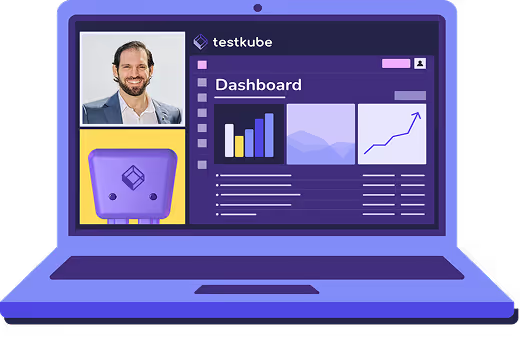Table of Contents
Definition
A Kubernetes sandbox environment is an isolated, low-risk space for experimenting, developing, and testing Kubernetes workloads. It allows teams to validate configurations, practice deployments, and test automation pipelines without affecting production systems.
Why It Matters
Kubernetes offers flexibility and power, but even small configuration errors can cause outages or data loss in production. A sandbox environment provides a safe, disposable cluster where teams can experiment with infrastructure, CI/CD pipelines, and workloads before promotion to production.
These environments make it easier for teams to learn, test, and innovate. Developers can explore new tools and configurations without needing full cluster access, while maintaining complete isolation from critical systems.
How It Works
Kubernetes sandboxes can be created locally or provisioned dynamically in the cloud:
- Local Sandboxes: Tools such as Minikube, Kind, k3s/k3d, and MicroK8s run lightweight clusters on local machines for testing and development.
- Ephemeral Environments: Platforms such as Testkube, Qovery, Okteto, and Shipyard provision short-lived Kubernetes environments for each branch, feature, or test run.
- Secure Sandboxes: Technologies such as gVisor and GKE Sandbox provide kernel-level workload isolation for security-focused testing.
All of these options simulate production-like cluster behavior while maintaining isolation and safety.
Real-World Examples
- Local Experimentation: Developers use Kind to test Kubernetes manifests or Helm charts before deployment.
- Ephemeral Testing: QA teams use Testkube to spin up temporary environments during CI runs, execute tests, collect results, and automatically clean up after execution.
- Security Validation: Platform engineers use GKE Sandbox or gVisor to test hardened container configurations and ensure strong workload isolation.
Key Benefits
- Isolated testing that does not impact production
- Fast provisioning and cleanup for CI/CD workflows
- Cost-effective, repeatable learning environments
- Support for configuration, security, and performance testing
- Scalable infrastructure for safe experimentation
How It Relates to Testkube
Testkube extends the concept of a Kubernetes sandbox into a fully automated testing system. It provisions ephemeral namespaces or clusters, runs tests, gathers results, and removes environments automatically when tests complete.
With Testkube, teams can:
- Automate ephemeral environments: Provision on-demand clusters or namespaces for each test run or CI trigger.
- Run tests safely at scale: Execute load, functional, or integration tests directly in Kubernetes without touching production.
- Gain centralized observability: Collect logs, metrics, and results from each sandboxed run in one control plane.
- Integrate with pipelines: Connect sandboxed test runs to Jenkins, GitHub Actions, or GitLab for automated execution.
This model enables continuous testing within isolated, production-like clusters and supports modern DevOps workflows that prioritize both velocity and safety.
Common Pitfalls
- Using only local tools like Minikube for distributed testing scenarios
- Forgetting to clean up ephemeral clusters, leading to unnecessary cost
- Neglecting RBAC and security policies in shared sandboxes
- Losing visibility due to lack of centralized observability and reporting
FAQs
1. What is a Kubernetes sandbox used for?
A sandbox is used to safely test deployments, validate configurations, and learn Kubernetes without impacting production environments.
2. Is Minikube considered a sandbox?
Yes. Minikube is a lightweight local Kubernetes sandbox that runs inside a virtual machine or Docker container, ideal for experimentation and testing.
3. How does Testkube enhance sandbox testing?
Testkube automates sandbox creation and destruction while running tests inside those environments, allowing safe, continuous testing within Kubernetes.
4. What is the difference between local and ephemeral sandboxes?
Local sandboxes run on your machine, while ephemeral ones are provisioned dynamically in cloud or CI/CD contexts and automatically destroyed after use.
5. Are sandbox environments secure?
Yes, particularly when isolated with tools such as gVisor or GKE Sandbox, which protect the host kernel and enforce workload separation.


